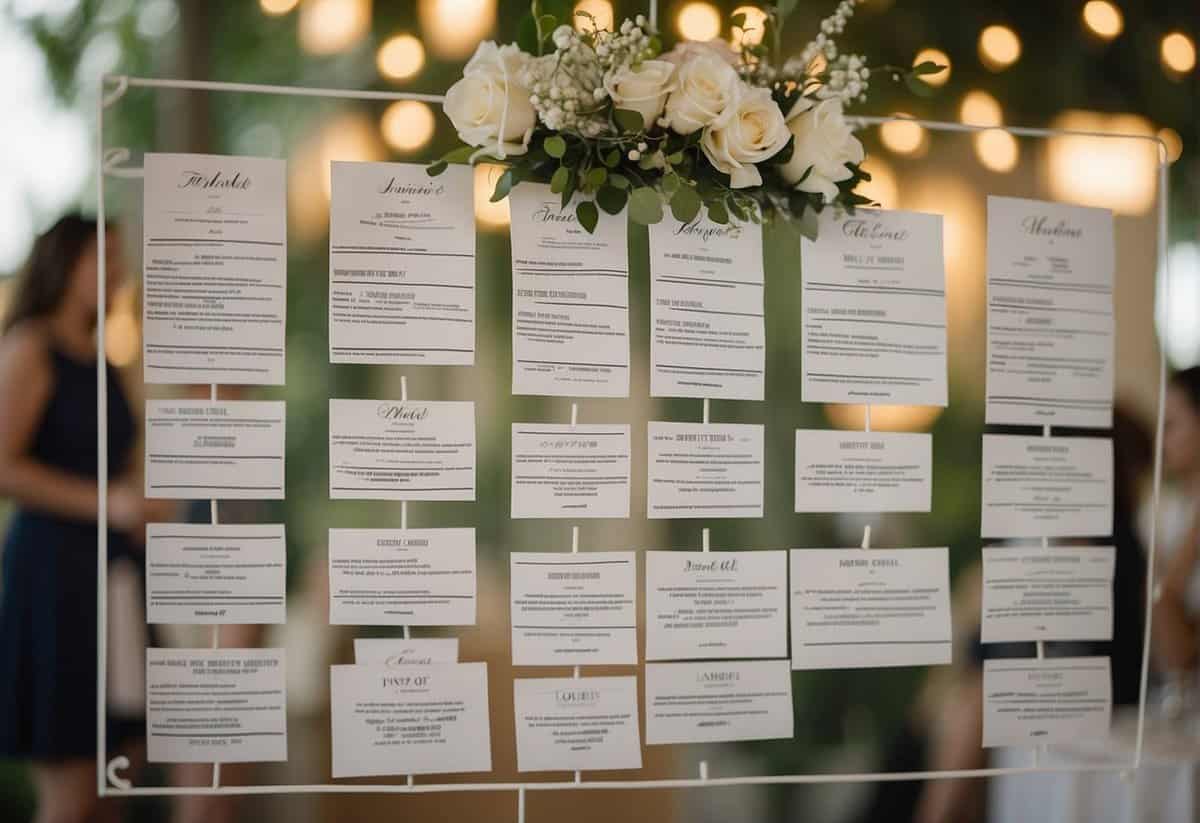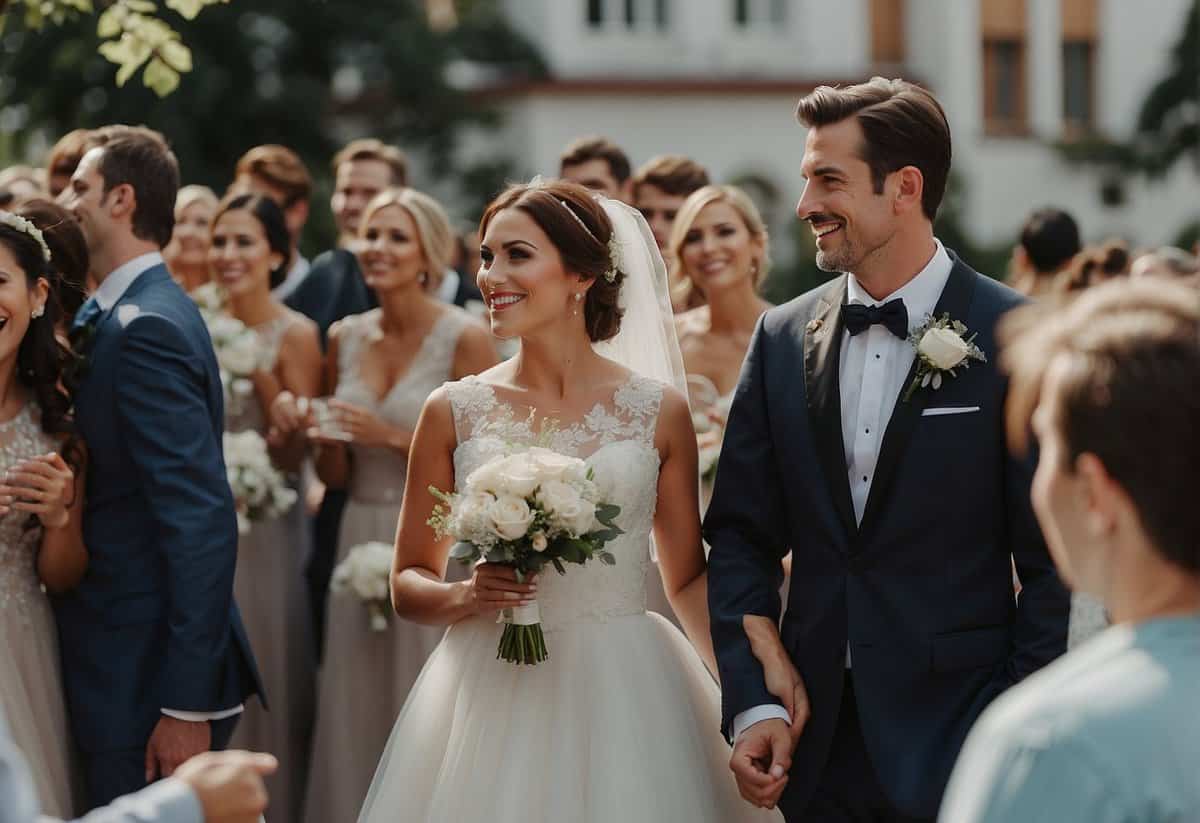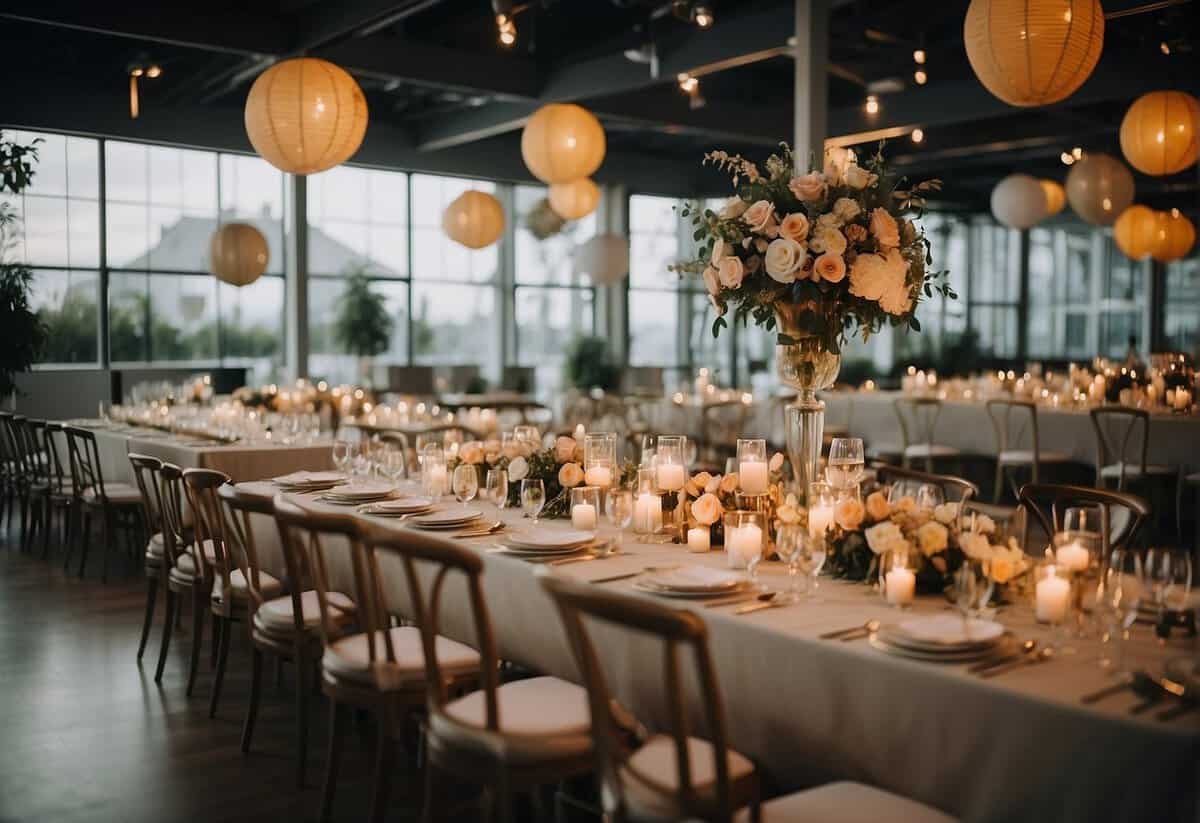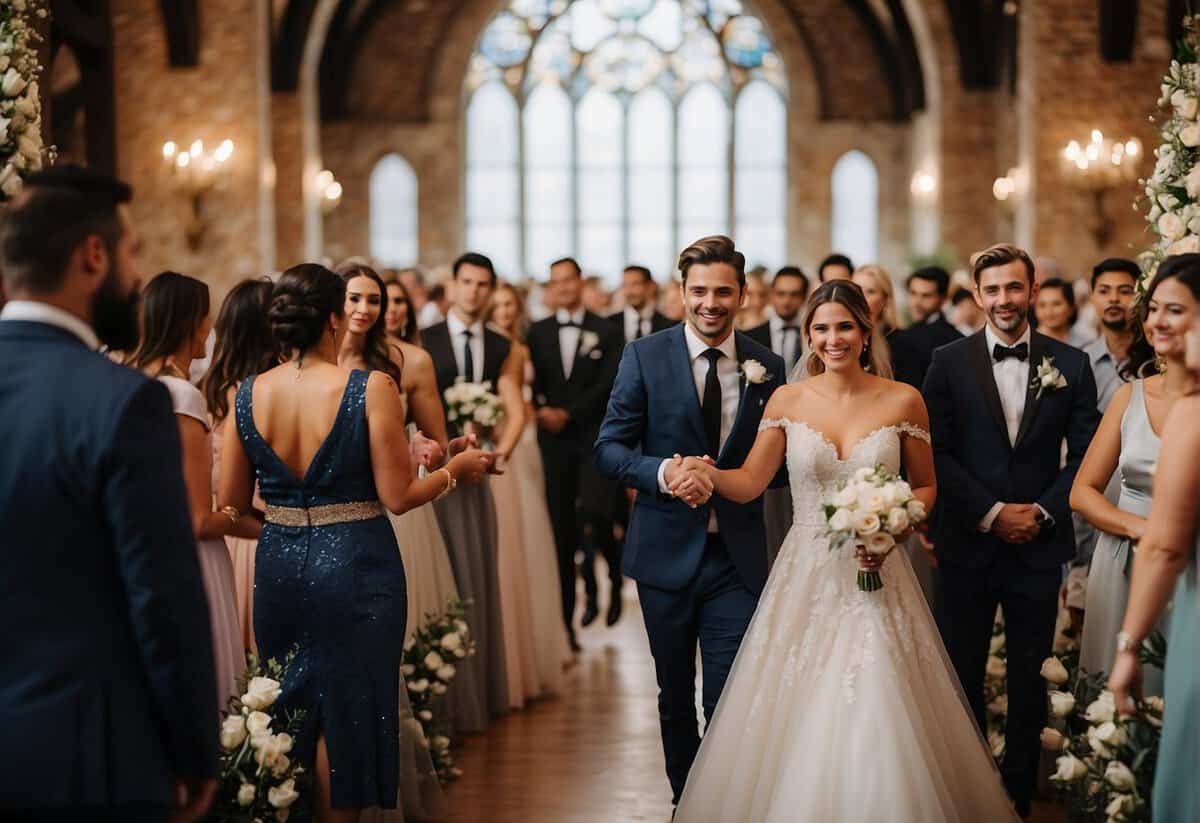Are the Bride and Groom Included in Guest Count? Understanding Your Wedding’s Headcount
When planning your wedding, one of the essential details is determining your guest count. It’s important to know whether the bride and groom are included in this number. In most cases, the answer is yes; when you provide the final guest count to your venue or caterer, you should count yourselves in that number. This inclusion ensures that all aspects of the celebration, from seating arrangements to catering services, account for your presence as the centerpieces of the event.

If you’re worried about the numbers, remember that your wedding is about celebrating your union with the people who matter most to you. Including yourselves in the guest count from the very beginning can help prevent last-minute surprises and ensure that your wedding day runs smoothly. It helps vendors prepare accurately for the event, especially in terms of food, seating, and amenities at both the ceremony and the reception.
Key Takeaways
- Include the bride and groom in the wedding guest count.
- Counting yourselves helps vendors prepare for the wedding.
- Accurate guest count ensures a smooth flow from ceremony to reception.
Understanding Guest Count

Planning your wedding involves being precise with numbers to ensure every guest has a memorable experience. Properly managing your guest count is crucial, not just for seating arrangements and catering, but also for adhering to the venue’s capacity limits and your budget.
Defining the Guest List
Your guest list lays the foundation for your event. It’s more than just a list of names; it represents who will share in your special day. Start by categorizing guests into family, close friends, acquaintances, and colleagues. A common rule of thumb is to allocate a certain percentage of your invitations to different groups, keeping the venue’s capacity in mind. For instance, 50% for family, 25% for friends, and the remaining 25% for colleagues and acquaintances.
Deciding on Plus-Ones
Plus-ones can significantly affect your guest count. Your guest list etiquette may vary based on your relationship with the guests. A good guideline is to extend plus-one invitations to married, engaged, or long-term partners. Make your expectations clear through your invitations to manage your headcount effectively.
Children and Teenagers
Whether to invite children can impact your guest list and atmosphere. An “adults only” approach might be suitable if your reception is a more formal or evening affair. Conversely, including children and teenagers can add a lively, family-friendly dynamic. Outline this in your invitations, and remember that some venues have different rates for children, which could affect your overall headcount.
The Role of Family Members
When it comes to family members, remember that parents, siblings, and cousins might expect invitations. As you plan, communicate with your primary family to understand who it’s important to invite. Familiarize yourself with your family’s expectations and balance them against the venue’s capacity and your budget. RSVP tracking is critical here to ensure your guest count aligns with your plans.
Wedding Party Inclusions

When planning your wedding, understanding the roles and inclusions of the wedding party is crucial. They will not only be part of your celebration but also participate in making your day memorable.
Understanding the Wedding Party
The wedding party consists of your closest friends and family who support you throughout the wedding process. Your maid of honor and best man are your right-hand figures, leading the bridesmaids and groomsmen respectively. Often, the celebration also includes a charming flower girl and a young ring bearer who add a touch of innocence to the ceremony.
Bride and Groom Roles
You, as either the bride or groom, are the center of attention. Traditionally, you’re not counted as part of the guest list, since the event is organized around you. You have specific roles such as vowing your commitment and celebrating the union, which signifies the beginning of your married life together.
Parents’ Involvement
Your parents play a special role, often engaging in the wedding planning and fulfilling traditional responsibilities. The bride’s parents might host the wedding while the groom’s parents may host the rehearsal dinner. They are vital in the wedding party both ceremonially and emotionally, standing by your side as you embark on this new journey.
Planning the Reception

When planning your wedding reception, keep in mind the capacity of your venue and how to comfortably accommodate guests in the seating layout. It’s crucial to have clear food and drink options that cater to all, as well as organize the entertainment and other vendors that will make your day complete.
Venue Capacity and Seating
Venue Capacity: Always start by confirming the maximum capacity of your venue. This ensures the comfort and safety of your guests and helps with seating arrangements. Seating: Remember, everyone needs a seat, including yourselves! At a traditional setting, your head table remains a focal point, while family and friends are grouped with consideration to social circles and relationships.
Food and Drink Considerations
Food: Your menu selections should reflect both your tastes and the dietary requirements of your guests. This impacts not only the enjoyment but also the pricing and budget of your wedding reception. Drink: Whether you’re offering a cash bar or an open bar, ensure there’s a variety of drinks available, from signature cocktails to non-alcoholic options.
Entertainment and Vendors
Entertainment: A great band or DJ can set the tone for your entire evening. Coordinate with them to ensure they understand the schedule and your musical preferences. Vendors: Your photographer, caterers, and others should be briefed about the venue layout and timeline to provide seamless service throughout the event. Coordination is key to a celebration that feels both spontaneous and well-organized.
Frequently Asked Questions

When planning a wedding, it’s natural to have questions about the guest count. Here, you’ll find clear answers on whether certain individuals are included in your total numbers.
Do the bride and groom count in the final wedding guest tally?
Yes, the bride and groom are counted in the final number of wedding attendees. When you’re working out numbers, remember to add two more for yourselves.
Should the number of vendors be included in the total guest count?
No, vendors are not typically included in the guest count. Your caterers, photographers, and other staff are separate from your list of guests.
How can couples best estimate the number of attendees for their wedding?
To estimate your attendee numbers, look at your guest list, consider the likelihood of each person attending, and factor in a standard decline rate, which can range from 10 to 20 percent.
Does the wedding guest list need to factor in members of the wedding party?
Yes, all members of the wedding party should be included in your overall guest list as they are also attendees of your wedding.
Is it customary for the bride and groom to have the same number of guests each?
It’s not a requirement for the bride and groom to invite an equal number of guests. The guest lists can vary based on individual relationships and family sizes.
What is the best way to determine seating arrangements for the couple and guests?
The best way to organize seating arrangements is to consider relationships and group dynamics, ensuring that everyone will feel comfortable and enjoy their time at your wedding.
